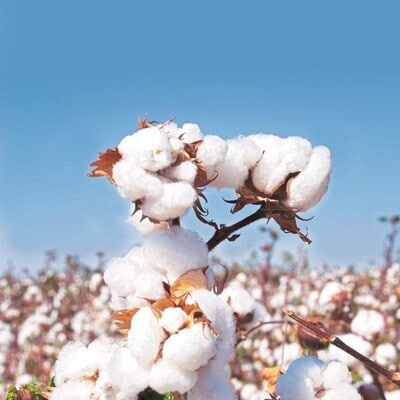As cotton is still on the list of products that are produced using practices such as child labour, the Confederation of Indian Textile Industry (CITI) has signed an agreement with the International Labour Organisation (ILO) to create awareness, share technical expertise and know-how on improved labour standards.
These standards, which are part of the ILO’s Fundamental Principles and Rights at Work (FPTR), will be pilot tested in major cotton-growing districts of Madhya Pradesh for one year starting in 2024.
The principles aim to create an ecosystem that contributes to the creation of decent work and better living conditions for all those in need, particularly workers and small and marginal farmers engaged in cotton cultivation. They focus on promoting five crucial aspects within the cotton value chain: the effective recognition of freedom of association and the right to collective bargaining, the elimination of child labour, the abolition of forced labour, the elimination of all forms of discrimination and the promotion of a safe and healthy working environment among the cotton community in India.
“By ensuring that our cotton is produced under fair and dignified conditions, we are not only helping our farmers but also enhancing the reputation of Indian cotton globally,” said Chandrima Chatterjee, Secretary General of CITI.
Around 6.5 million farmers grow cotton in India, which is the world’s second-largest producer and consumer of the commodity.
The crop is grown in about 11 states across the country and the average area of cultivated land is about 1.26 hectares. A staggering 40 percent of India’s cotton farmers are women, one of the highest rates in the world.
However, for several years, countries like the United States have blamed India for producing cotton and even textiles using unpopular practices such as child labor and forced labor.
This has an impact on the export potential not only of raw cotton but also of textiles and clothing produced in the country.
Sugarcane does not consume much water, according to a report
The Indian Institute of Sugarcane Research (IISR) in Lucknow has released a report that debunks the myth that sugarcane is a water-intensive crop. The report, titled “Improving water use efficiency and economizing water use in sugarcane cultivation in India”, was initiated by the Indian Sugar and Bioenergy Manufacturers Association (ISMA) in collaboration with ICAR-IISR. It shows that sugarcane demonstrates exceptional water use efficiency, yielding approximately 7.14 kg of cane per cubic metre of water, which is more than the productivity of maize, rice and wheat.
Furthermore, the water required to produce one litre of ethanol from sugarcane is about 2 kilolitres (KL), compared to 3 KL needed for other crops. And, with a total water use of 1,313 cubic metres per hectare per month, sugarcane requires less water than competing crops such as maize and rice, which exceed 1,600 cubic metres per hectare per month, according to the report.
First published: August 13, 2024 | 19:57 IS
Disclaimer:
The information contained in this post is for general information purposes only. We make no representations or warranties of any kind, express or implied, about the completeness, accuracy, reliability, suitability or availability with respect to the website or the information, products, services, or related graphics contained on the post for any purpose.
We respect the intellectual property rights of content creators. If you are the owner of any material featured on our website and have concerns about its use, please contact us. We are committed to addressing any copyright issues promptly and will remove any material within 2 days of receiving a request from the rightful owner.

